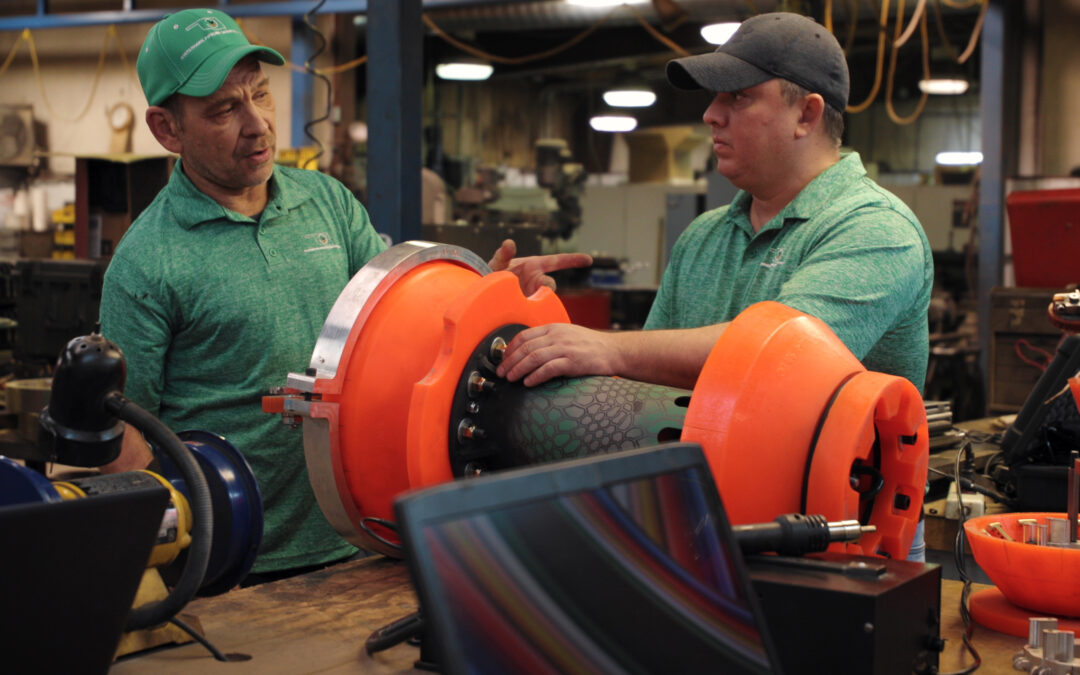Pipelines are the lifelines of many industries, transporting essential resources like oil, gas, and water across vast distances. Ensuring their integrity prevents leaks, environmental damage, and costly repairs. This guide will explore the latest inspection tools and technologies vital to maintaining pipeline integrity.
Understanding Pipeline Integrity
Definition and Significance
Pipeline integrity refers to the state of a pipeline being sound and operational without any leaks or damages that could lead to failures. Maintaining this integrity is vital to avoid catastrophic events, ensure safety, and comply with regulatory standards.
Common Issues in Pipelines
Pipelines face several issues, such as corrosion, mechanical damage, and material defects. These problems can lead to leaks, bursts, and other failures, making regular inspections imperative.
The Role of Inspection Tools in Pipeline Integrity
Overview of Inspection Tools
Inspection tools are designed to detect anomalies within the pipeline, such as corrosion, dents, and cracks. These tools range from simple visual inspection devices to advanced intelligent pigging tools and real-time monitoring systems.
Benefits of Regular Inspections
Regular inspections help in the early detection of potential problems, reducing the risk of major failures and costly repairs. They also ensure compliance with safety and environmental regulations.
Caliper Tools
What are Caliper Tools?
Caliper tools are inspection devices used to measure pipelines’ internal geometry. They provide detailed information about the pipeline’s condition, including deformations or restrictions.
Importance in Pipeline Inspection
Caliper tools are essential in identifying changes in the pipeline’s diameter, which can indicate issues like corrosion or physical damage. This information is crucial for assessing the risk of failure and planning maintenance.
How Caliper Tools Work
Caliper tools use mechanical arms or electronic sensors to measure the pipeline’s internal diameter as it travels through it. The data collected is then analyzed to detect any abnormalities.
Intelligent Pigging Tools
Definition and Types
Intelligent pigging tools are advanced devices that inspect pipelines from the inside. These tools, often called “smart pigs,” can detect various types of damage, including corrosion and cracks. They come in different types, such as ultrasonic pigs and magnetic flux leakage pigs.
Monitoring Corrosion and Wear
One of the primary functions of intelligent pigging tools is to monitor corrosion over time. By detecting areas of corrosion early, these tools allow for timely interventions to prevent further damage.
Early Intervention Benefits
Early detection and intervention are critical to maintaining pipeline integrity. Intelligent pigging tools help prevent major failures and reduce the need for expensive repairs by identifying issues before they escalate.
Advanced Imaging Technologies
Ultrasonic Testing
Ultrasonic testing uses high-frequency sound waves to detect defects in the pipeline material. This method is highly effective for measuring wall thickness and identifying internal flaws.
Magnetic Flux Leakage (MFL)
Magnetic Flux Leakage (MFL) testing involves magnetizing the pipeline and detecting leaks in the magnetic field caused by defects. This technique is widely used to detect surface and subsurface defects.
Radiographic Testing
Radiographic testing uses X-rays or gamma rays to produce images of the pipeline’s interior. It is beneficial for detecting cracks, voids, and other internal defects.
Real-Time Monitoring Systems
Benefits of Real-Time Data
Real-time monitoring systems provide continuous data on the pipeline’s condition, allowing for immediate detection of issues. This constant vigilance helps prevent sudden failures and ensures timely maintenance.
Types of Monitoring Systems
Pipelines use various real-time monitoring systems, including acoustic emission systems, fiber optic sensors, and satellite monitoring. Each system offers unique advantages for specific applications.
Implementation in Pipelines
Implementing real-time monitoring systems involves integrating sensors and communication networks into the pipeline infrastructure. These systems continuously collect and transmit data for analysis.
Winterhawk Pipeline Services’ Role in Pipeline Inspection
Introduction to Winterhawk Pipeline Services
Winterhawk Pipeline Services is a leading pipeline inspection company known for its innovative inspection technologies and comprehensive services. They are often called the “Pipeline Paramedics” due to their proactive approach to pipeline health.
Services Offered
Winterhawk Pipeline Services offers various services, including pipeline inspection, pipeline cleaning, integrity assessments, and maintenance planning. Their use of advanced tools ensures accurate detection of potential issues.
Preventative Maintenance and Cost Savings
Importance of Preventative Maintenance
Preventative maintenance involves regular inspections and timely repairs to prevent significant issues. This approach is essential for maintaining pipeline integrity and ensuring long-term reliability.
Cost Savings from Early Detection
Early detection of problems through inspections can save significant costs by preventing major repairs and downtime. It also extends the pipeline’s lifespan, providing long-term financial benefits.
Ensuring Pipeline Longevity With Winterhawk: The Future of Inspection Excellence
Maintaining pipeline integrity is crucial for ensuring safety, reliability, and cost-effectiveness. Advanced inspection tools and technologies, like those provided by Winterhawk Pipeline Services, play a vital role in detecting issues early and preventing catastrophic failures. By embracing these innovations, we can ensure the longevity and efficiency of our pipelines. Contact us today.

